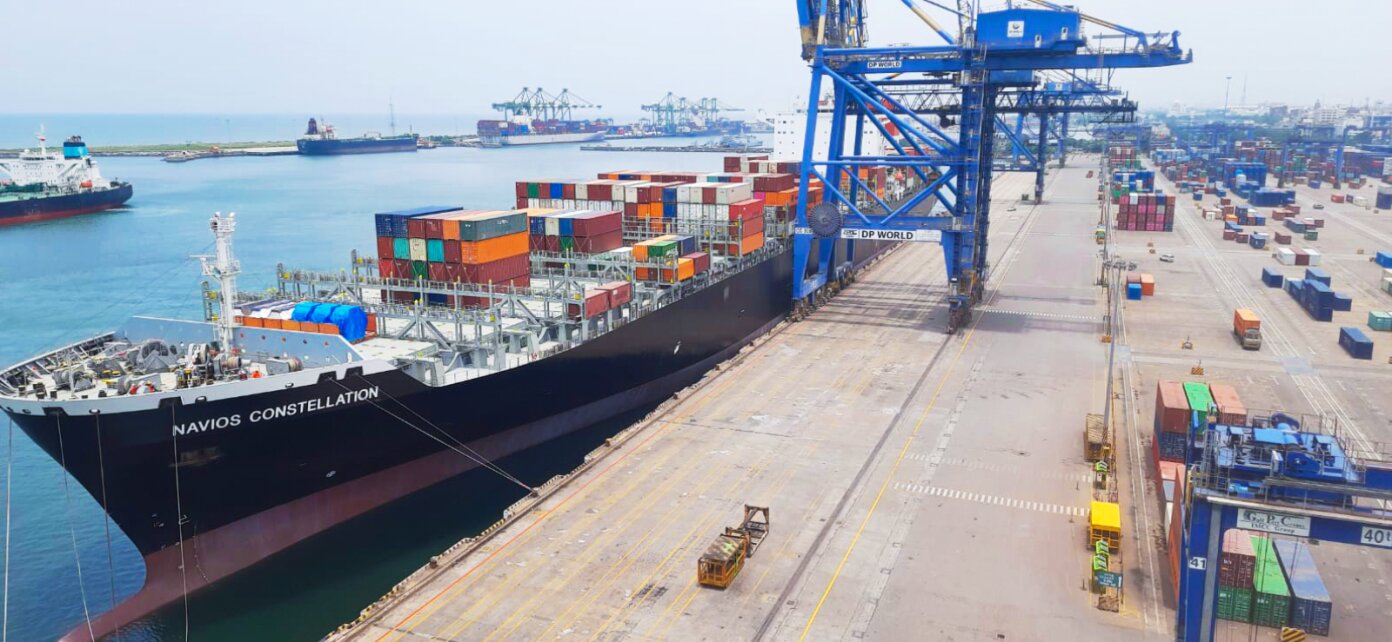UK port traffic is expected to grow by 7.8% by 2050, reaching 453.5 million tonnes, driven by a major shift away from liquid bulk towards unitized and dry bulk cargo. This transformation is a direct result of the net-zero transition, which is profoundly impacting the country’s maritime trade landscape.
Key Forecasts for Port Freight Traffic
According to the UK Port Freight Traffic Forecasts (2024–2050), the overall growth is modest, but the composition of freight will change dramatically:
Industry Response to Electrification
The forecasts underscore that the future of UK ports lies in electrified trade. In response to this, NatPower Marine and Peel Ports Group have committed £100 million to electrify eight major ports in the UK and Ireland. This initiative aims to establish the first green shipping corridors across the Irish Sea by providing shore power infrastructure for vessels to plug into clean electricity while at berth, also known as “cold ironing.”
NatPower Marine plans to deliver a global network of 120 clean ports by 2030, investing £250 million to create a route-based charging network. This model not only helps reduce vessel emissions but also tackles Scope 3 emissions, which constitute the bulk of a port’s carbon footprint. According to Stefano D. M. Sommadossi, CEO of NatPower Marine UK, the government’s forecasts confirm that “the age of oil is ending, and the future of UK ports lies in electrified trade.”





